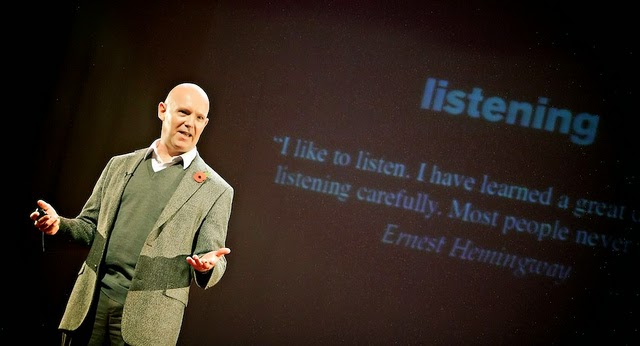I’ve recently stumbled across this article highlighting the 22 rules of storytelling according to Pixar. The idea came from former Pixar story artist Emma Coats who tweeted about what she had learnt during her time working at the animation film studio.
Among many of the Emma’s gems for telling a great story, here’s to me the essence of Pixar's storytelling:
Once upon a time there was ______. Every day, ______. One day ______. Because of that, ______. Because of that, ______. Until finally ______.
Drawing from a Bloop Animations’s video examing Pixar's storytelling rules, Caroline Siede wrote that “all Pixar films (and most good films in general) center on a call to adventure that pulls a hero from his comfortable world to a new, unfamiliar one. In Toy Story, Woody must learn to live in a world in which he isn’t Andy’s favourite toy when Buzz arrives. In Finding Nemo, Marlin must cross an entire ocean to find his abducted son. […] Watching a character react, fight, and grow in his new surroundings is what makes these Pixar films so compelling.”
As counterintuitive as this may seem, you can apply this storytelling formula to your business presentations too. In fact, not only is this something you can apply to business pitches, it's actually something you should do if you want to make them memorable.
If you think about it, this rule goes hand in hand with the old Aristotle’s three-act structure, a storytelling technique not only used in movies, but also in writing and in many other art forms built around a story. And a presentation is an art form built around a story. [Tweet this] The three-act structure splits a narrative into three parts:
- Set up
- Confrontation
- Resolution
- Set up: Once upon a time there was ______. Every day, ______. One day ______.
- Confrontation: Because of that, ______. Because of that, ______.
- Resolution: Until finally ______.
Set up
At the beginning of your presentation you should describe the world as it is without your idea, product, service, etc. (Once upon a time there was ______. Every day, ______). Your audience will be with you because you are describing something they are familiar with. Then, pose a problem that changes their perspective (One day ______). If you are pitching to a customer, highlight a problem they have that you can solve. By doing that, you are creating a gap in your customer’s mind between the world as it is today and the world as it could be tomorrow if there was a solution to their problem. This is your call to adventure that pulls your hero (your audience) from their comfortable world to a new, unfamiliar one.
Confrontation
During the second part of your pitch, you should be playing with the gap you’ve created previously. Give concrete examples of what your audience’s world looks like with such a problem and what it could look like if you had a solution (Because of that, ______. Because of that, ______). It’s crucial not to reveal your solution at this stage. Remember, Marlin had to cross an entire ocean to find Nemo.
Resolution
Until finally ______. This is the right time to reveal your idea, product, or service. By going through the three steps, you’ve not only created a gap in people’s minds, but you’ve also built on a desire to see that gap being filled. Once you do fill it up with your solution, they will be more inclined to accept it.
Like these ideas? Meet me over on Twitter or Google+ to start the conversation right now!
IMAGE: iMERICA
























